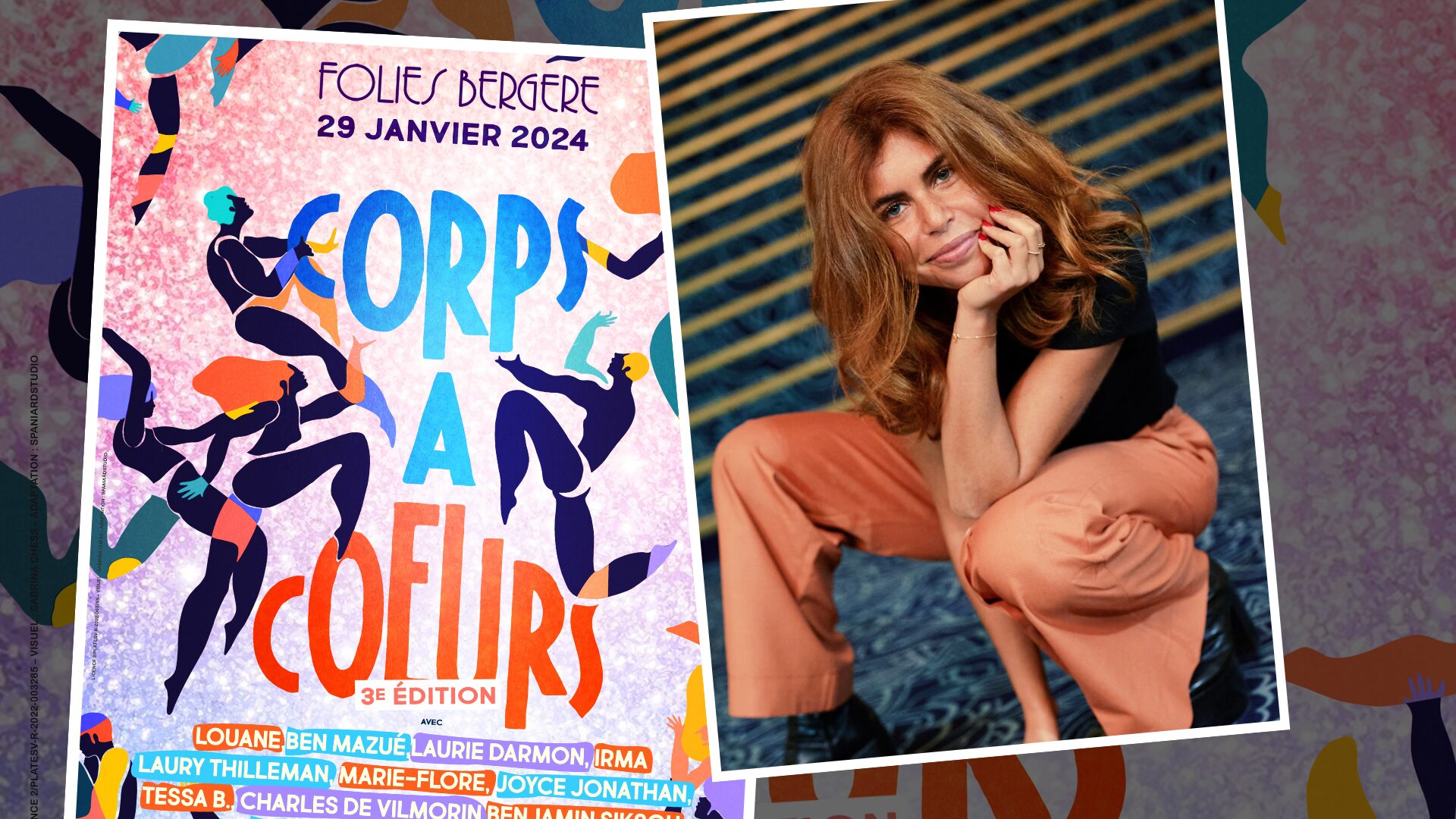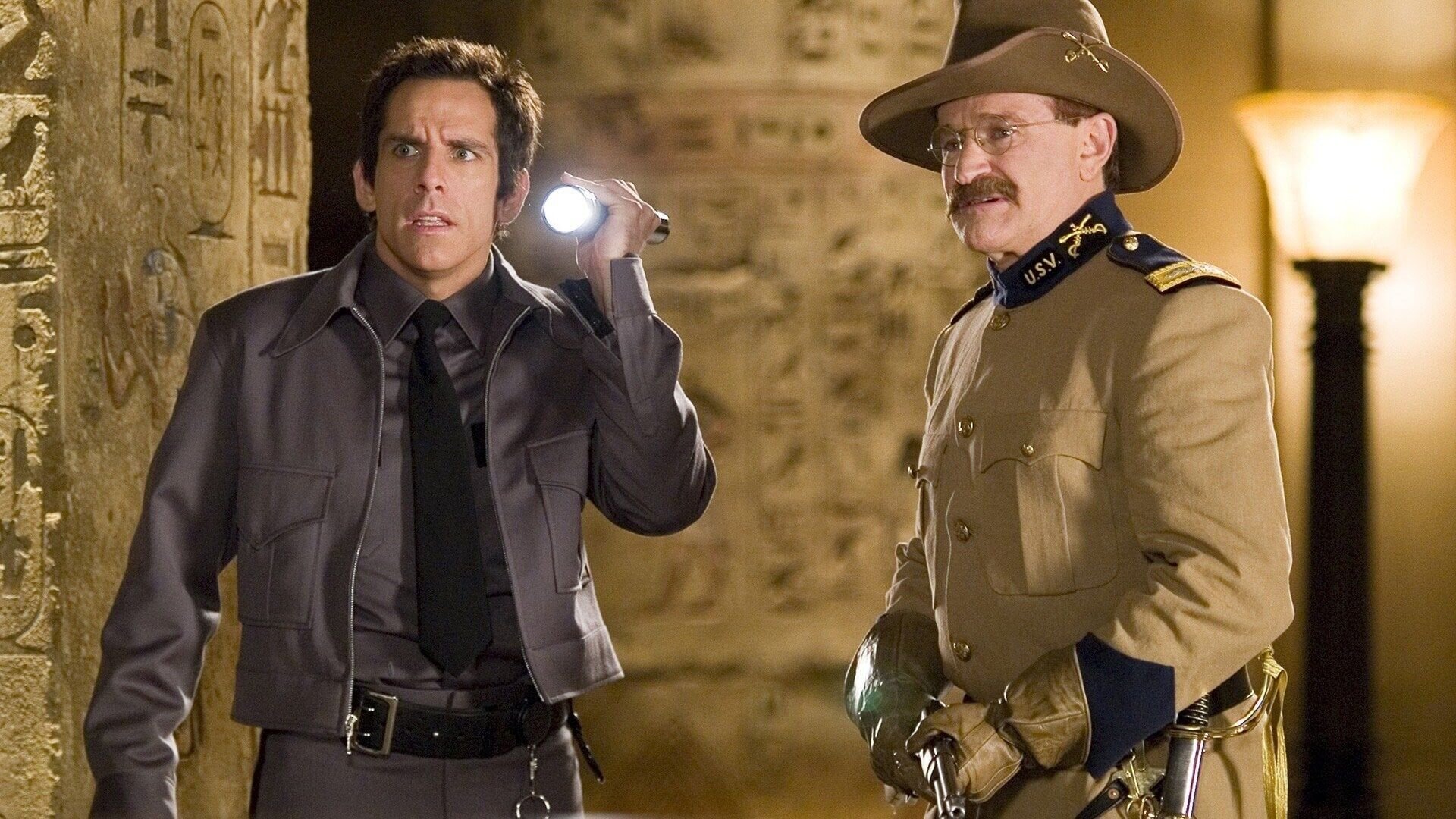For its third edition, the show “Corps à Coeurs”, imagined and presented by Laurie Darmon, takes place at the Folies Bergère this Monday 29 January. Many artists from the French scene will come together for a multidisciplinary show on the theme of self-confidence and the relationship with the body. Charles de Vilmorin, Louane, Marie S’Infiltre… What lies behind the well-crafted image of these idols closely followed by younger generations? How can we free ourselves from mainstream aesthetic standards to better accept ourselves? These are the questions that are addressed Body to heart, also available in book and podcast. Meeting the mind behind the project, Laurie Darmon.
Interview with Laurie Darmon, creator of the show “Corps à Coeur”.
This content is blocked because you have not accepted cookies and other trackers. This content is provided by YouTube.
To view it, you must accept the use made by YouTube with your data which may be used for the following purposes: to allow you to view and share content with social media, to promote the development and improvement of the products of Humanoid and its partners , show you personalized advertisements related to your profile and activity, define a personalized advertising profile, measure the performance of advertisements and content on this site and measure the audience of this site (more information)
Manage my choices
To miss. Where did the idea for the Corps à Coeur project come from?
Laurie Darmon. It comes from my personal story. I suffered from anorexia nervosa for ten years, between the ages of 17 and 27. I first talked about it when I felt healed. It happened four years ago, in a song called “May 2018”. From there I started receiving lots of messages and testimonials. I realized that eating disorders affect so many people, and that if more of us spoke up to tell what’s going on behind the surface, to reveal the vulnerability that drives us deep inside, it could really resonate. . Especially among the younger ones.
You made a show and a song out of it. In your opinion, what role should art play on these issues?
We often find that people who develop eating disorders refuse to express themselves. As if they were a little ashamed. Or that they were afraid of the things they might express, of the risk of being perceived as ” marginal ”, because they are too far from the norms and conventions prescribed by society.
Thus, we often find ourselves locked in the opposite of expression, that is, in a gag, in a denial, in a denial of self, inscribed in one’s own body. And for me art is the ideal vector to escape from this silence and heal oneself.
Why did you choose to invite the artists with you on stage?
My approach was immediately to highlight personalities who have a public image. Because it is the imagery we receive in childhood and adolescence that shapes the aesthetic canon to which we refer. And this imaginary is partly composed of the artists we admire and whose public image we only see, very well created.
When I entered the profession, I became aware of the conventions and injunctions that require us to be perfect in the light for fear that the public would otherwise disapprove of us.
I then said to myself that if these personalities told what is happening behind their public image, how they really feel in their body, how they accept themselves and where they come from (because it is not innate to have self-esteem) confidence and their self-confidence is not always as constant as what we think we see)… well all this could disinhibit the younger generations who admire them.
And at the same time it would free us artists. Because this obligation to be perfect is sometimes unhealthy and harmful, even harmful. I told myself that letting them experience the vulnerability shown in front of the public, perhaps it would also allow them to realize that in fact the public, in addition to tolerating them, perhaps it is even better to love them because suddenly there is communion and everyone watches the Same.
Benjamin Siksou, Louane, Laury Thilleman… and many others are on the bill for the Paris show. What binds you?
Yes, as I said, the fact of living in an exposed way. But, beyond this, we almost all come from a very particular generation, the one born in the 80s and 90s. We grew up in the 2000s, in a time when, when we were ten or fifteen, we only saw images covered in beauty filters. We therefore share a rather common definition of the aesthetic canon and the canons of beauty, which is particularly damaged compared to the reality of what human beauty is.
And then obviously we are linked by our friendship. When I created this exhibition, I first wanted to address my friends who work in the field of images, because these are topics that often come up in our intimate conversations. We confide in each other, we talk to each other, we give each other advice. I had a feeling that if people could access these conversations, maybe it could help them. This complicity, which shines through in the show, also allows the personalities present to be humanized.
You have given your guests carte blanche. Result, you have a multidisciplinary show. Was it voluntary?
YES ! I wanted substance and form to merge completely. The theme speaks of vulnerability, of a different and varied body in movement, which does not have a single authorized form. So I found it interesting that the show could also have many different forms. I wanted it to also be moving, for all artistic mediums to have pride of place and for each artist to be able to express themselves through hybrid performances involving the artistic disciplines of their choice. I think this multitude of performances is a beautiful way of transcribing as faithfully as possible the vulnerability we are talking about.
The exhibition is accompanied by a book, published by Robert Laffont… What is it about?
The book tells how this project was born. I return to my personal journey where for the first time I describe in detail my anorexia and my long-standing one. I rely on personal archives, which look at what a ten, thirteen, fifteen year old girl can experience. I put extracts from my diaries where we see firsthand how I saw beauty at those ages. And then I went and interviewed artists who spoke quite intensely about their relationship with their bodies. My first question every time was “Were you aware of your body when you were a child? ». And from there, we explain!
The “Body to Heart” project is…
- A show whose third edition will be held on January 29th at the Follies of the shepherdess in Paris.
- A book by Laurie Darmon, published on January 18, available from Robert Laffont editions
- A podcast, released on January 23rd, available on all listening platforms
Do you like our articles? You’ll love our newsletters! Sign up for free on this page.
Source: Madmoizelle
Mary Crossley is an author at “The Fashion Vibes”. She is a seasoned journalist who is dedicated to delivering the latest news to her readers. With a keen sense of what’s important, Mary covers a wide range of topics, from politics to lifestyle and everything in between.





